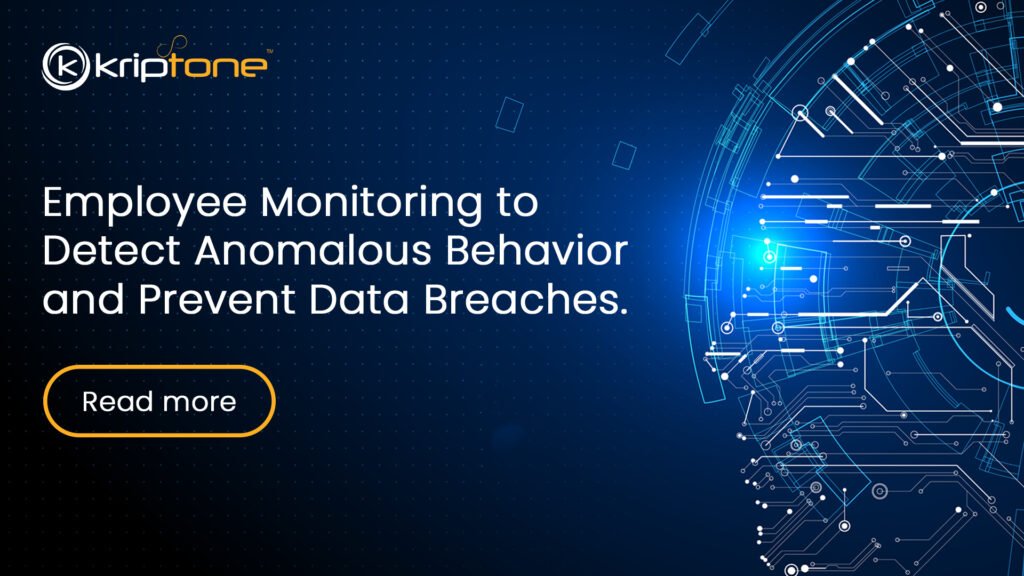
Cyberattacks are evolving at an unprecedented pace, with new threats emerging regularly. Staying informed about the latest trends and understanding how to protect your organization is crucial. Here’s an overview of current cyberattack trends and actionable steps to enhance your security posture. Learn more about Emerging Cyber Threats and Protection Strategies.
Current Trends in Cyberattacks
1. Ransomware Attacks
Ransomware remains a significant threat, with attackers increasingly targeting large organizations and critical infrastructure. These attacks involve encrypting data and demanding ransom payments for decryption keys. Recent attacks have shown a trend towards double extortion, where attackers also threaten to release stolen data if the ransom isn’t paid.
2. Phishing and Social Engineering
Phishing attacks are becoming more sophisticated, leveraging social engineering techniques to deceive individuals into providing sensitive information. Attackers often impersonate trusted entities, making it challenging to distinguish legitimate communications from malicious ones.
3. Supply Chain Attacks
Attackers are targeting third-party vendors and suppliers to gain access to larger organizations. By compromising a less secure supplier, cybercriminals can infiltrate their primary targets. Notable incidents like the SolarWinds attack have highlighted the vulnerability of supply chains.
4. Advanced Persistent Threats (APTs)
APTs involve prolonged and targeted cyberattacks, often carried out by well-funded and skilled groups. These attackers aim to gain and maintain unauthorized access to networks to steal sensitive information over an extended period.
5. Internet of Things (IoT) Vulnerabilities
With the proliferation of IoT devices, the attack surface for cybercriminals has expanded. Many IoT devices have weak security measures, making them attractive targets for attackers looking to exploit vulnerabilities.
6. Zero-Day Exploits
Zero-day exploits take advantage of unknown vulnerabilities in software or hardware. These attacks are particularly dangerous because they occur before developers have had a chance to create patches or fixes.
How You Can Stay Protected

1. Implement Strong Security Measures
Ensure that your organization has robust security measures in place, including firewalls, intrusion detection systems, and anti-malware software. Regularly update and patch all systems to protect against known vulnerabilities.
2. Educate Employees
Human error is a common factor in many cyberattacks. Educate employees about the latest phishing techniques and social engineering tactics. Conduct regular training sessions to keep everyone informed about best security practices.
3. Conduct Regular Security Audits
Regularly audit your security infrastructure to identify and address potential weaknesses. Penetration testing can help simulate attacks and uncover vulnerabilities before attackers can exploit them.
4. Secure the Supply Chain
Work closely with your suppliers to ensure they have strong security practices in place. Consider conducting security assessments of third-party vendors to ensure they meet your security standards.
5. Use Multi-Factor Authentication (MFA)
Implement MFA to add an extra layer of security to user accounts. Even if an attacker obtains a password, they will be unable to access the account without the second authentication factor.
6. Monitor Network Activity
Use advanced monitoring tools to keep an eye on network activity. Anomalies or unusual behavior can be early indicators of a cyberattack. Rapid detection and response are crucial in mitigating potential damage.
7. Develop an Incident Response Plan
Have a clear and comprehensive incident response plan in place. Ensure that all employees know their roles and responsibilities in the event of a cyberattack. Regularly review and update the plan to address new threats.
8. Backup Data Regularly
Regularly backup critical data to secure locations. In the event of a ransomware attack, having recent backups can help you restore your data without paying the ransom.
Conclusion
Staying protected against emerging cyber threats requires a proactive approach. By understanding the latest trends in cyberattacks and implementing strong security measures, organizations can significantly reduce their risk of falling victim to these threats. Regularly updating security protocols, educating employees, and staying informed about new developments in cybersecurity are essential steps in maintaining a secure environment. Emerging Cyber Threats and Protection Strategies are critical for safeguarding against today’s evolving threats.
Lear More at www.kriptone.com



